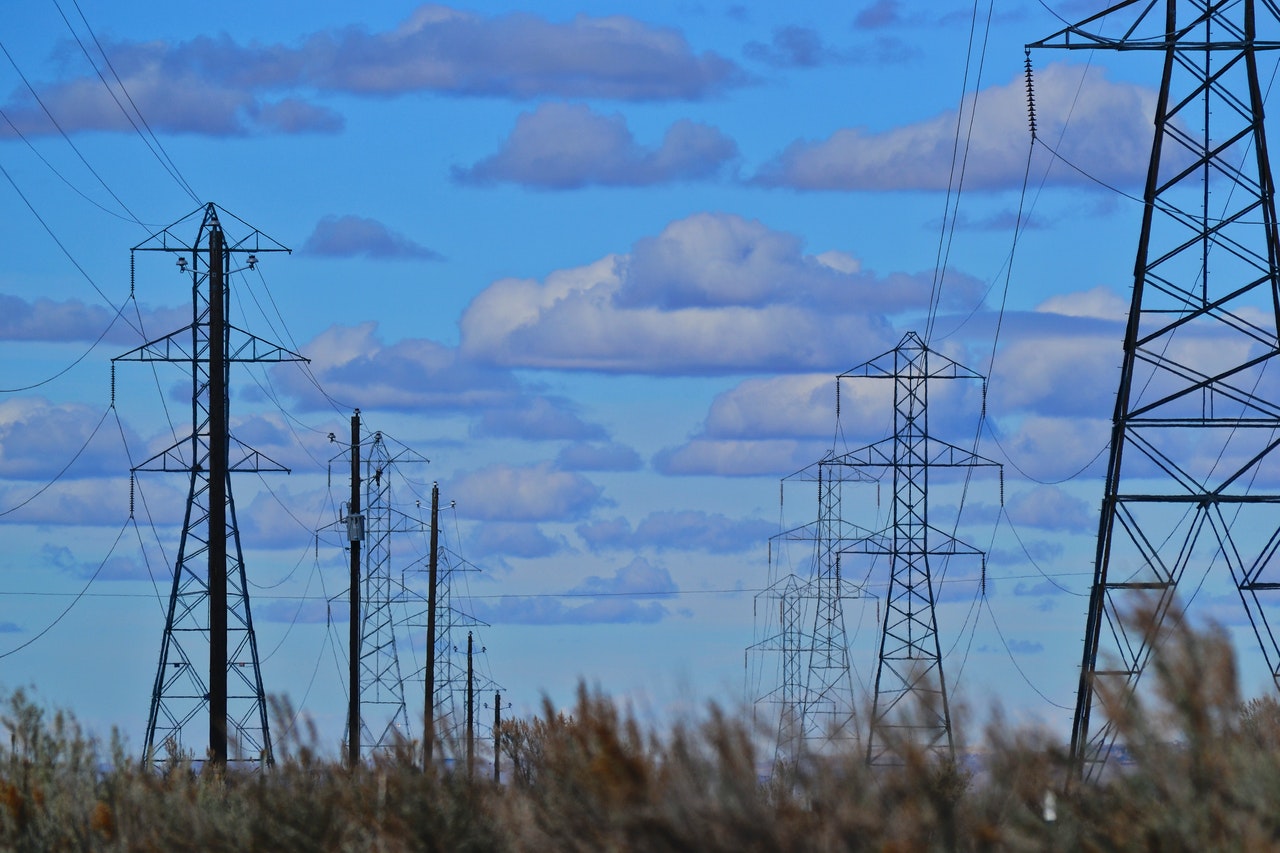There is a race to reuse waste as energy in the most efficient way. Combined heat and power is an old idea for saving fuel with a new requirement to cut emissions. Innovative stoves based on biofuel systems will generate heat and electricity from waste with near-total efficiency and very low emissions.
The old mantra about not wasting, not wanting, applies not only to food, but also to energy. The less energy we waste, the lower our carbon emissions will be. It may come as a surprise to learn that about half of all energy is wasted in traditional ways of producing heat and electricity from fossil fuels.
But there is another way to obtain both electricity and heat in the so-called “thermal power plant” (CHP), or cogeneration. In addition to using fossil fuels, it opens the door to increasing bioenergy from waste in the energy mix. This kind of material is often overlooked as a resource, but it has significant potential.
“It’s a way to produce heat and electricity at the same time,” said Martin Stroleni of Greenovate Europe, a Brussels-based network that supports sustainable technology and green innovation. “It can save up to 40% energy compared to conventional power-only systems.” It is part of the EU-funded SmartCHP project, which is developing a new engine capable of converting biomass into heat and electricity.
The work includes modifying the diesel engine to run on biofuel instead of diesel. The project’s scientists and engineers have been working on the machine’s nuts and bolts for the past two years. The idea is to first use a machine (rapid pyrolysis plant) that can turn organic waste such as olive pits, as well as forestry and agricultural waste, into bio-oil. The greenish bio-oil can then be directed in one of two ways. The oil can be fed to a modified diesel engine to generate electricity or, if heat is required, to a flue gas boiler. “We can produce heat and electricity at the same time,” Stroleni explained, “and the system is very dynamic.”
This means that heat production can be increased on a cold winter day and then reduced on warmer summer days. It is also an excellent solution for balancing the power grid and supplementing more variable renewable energy sources such as solar or wind. The engine that the project is developing will be suitable for providing heat and electricity to hotels, hospitals, schools and even some industrial buildings.
“We can help them reduce energy and heating costs, as well as improve overall energy efficiency and reduce greenhouse gas emissions,” Stroleni said.
Over the past few months, the team has made significant progress when they assembled their cogeneration plant in a lab and ran it on biofuel for 500 hours. “It’s actually a first in the world,” Stroleni said. “This is the first time someone has managed to run a biofuel CHP plant for so long.” At the moment, various parts of the machine, such as diesel engine, flue gas boiler and intelligent controller, are being developed and tested in the laboratory.
The project is still working on putting them all together and making the cogeneration plant as efficient as possible. Full-scale tests are likely to take place in 2023. Various biological raw materials for loading into the machine will also be evaluated, such as olive pits from Greece, miscanthus crops from Croatia or forestry waste from Sweden.
SmartCHP is conducting market assessments in various countries to support the commercialization of these new machines. A CHP plant generates electricity and heat directly on the premises of a school or hospital. This makes it particularly suitable for heating and powering buildings in remote areas, or even in off-grid locations, such as islands.

